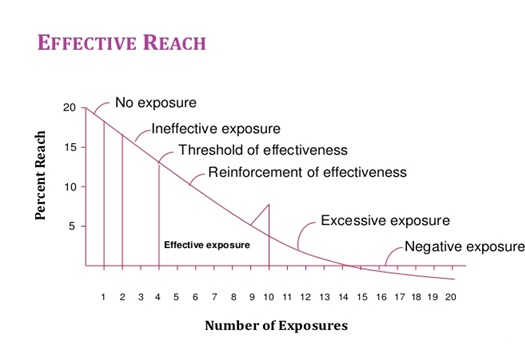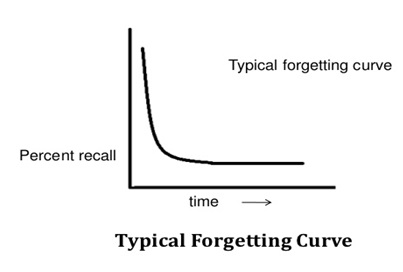- Business Concepts ›
- Marketing and Strategy ›
- Reach and Frequency
Reach and Frequency
Definition & Meaning
This article covers meaning & overview of Reach and Frequency from marketing perspective.
What is meant by Reach and Frequency?
Reach and frequency are the basic concepts involved in the process of media planning. The series of actions taken to deliver a promotional message to the target consumer is known as media planning. It does not take repetition into account.
Reach is the number of households that will be exposed to a particular promotional message through a given medium at a particular time. The medium could be anything like TV, internet, newspapers etc. It is the number of people exposed to a set of advertisement through any medium at least once. It is the percentage of total households exposed to the advertisement in a particular area.
High reach of a product is of great importance when:
a. When introducing a new brand or product in a given market.
b. When introducing a product by updating or revising it.
c. When the company’s brand image needs to be improved.
d. When the market share of a given product needs to be increased.
Reach of TV channels is expressed in the units of ‘x minutes per week’. It is no. of viewers who watched the channel for at least x minutes per week.

The above graph is a graph of the ‘Effective reach’. The graph shows that for effectiveness of the ad, the viewers should neither be under exposed, nor be over exposed to some ad. The optimum range is 4-11 times.
Frequency is the number of times the viewer is exposed to the same promotional message by the same promotional tool. The frequency for different households could be different and therefore, the average frequency is taken into account. The average frequency is given as total exposure for all households divided by the reach.
It denotes the number of times the household is exposed to the same message. Larger frequency is generally required when a consumers interests in a product needs to be increased, so that the consumer’s desire for the product increases and he/she finally buys the product.

The typical forgetting curve shows the forgetting tendency of a consumer when it comes to an advertisement. It says that as time passes by, the consumer forgets about the product.
High frequency is desired:
a. When the message is complex to remember.
b. When the marketing is a direct way of marketing. There are no middlemen. The product is directly obtained from the advertising company.
c. When there is tough competition.
d. When product or brand differentiation is low.
e. When the consumer is needed to react as soon as possible.
Thus, reach and frequency are important factors that help determine the success of a product.
Gross rating points (GRPs) is another factor defined using the reach and frequency values. It is given as:
GRPs= Reach X Frequency
GRPs are then used to determine TRPs and other important parameters.
TRPs, GRPs, Reach and frequency are all the factors that determine the marketing effectiveness of an advertisement.
Hence, this concludes the definition of Reach and Frequency along with its overview.
This article has been researched & authored by the Business Concepts Team which comprises of MBA students, management professionals, and industry experts. It has been reviewed & published by the MBA Skool Team. The content on MBA Skool has been created for educational & academic purpose only.
Browse the definition and meaning of more similar terms. The Management Dictionary covers over 1800 business concepts from 5 categories.
Continue Reading:
What is MBA Skool?About Us
MBA Skool is a Knowledge Resource for Management Students, Aspirants & Professionals.
Business Courses
Quizzes & Skills
Quizzes test your expertise in business and Skill tests evaluate your management traits
Related Content
All Business Sections
Write for Us